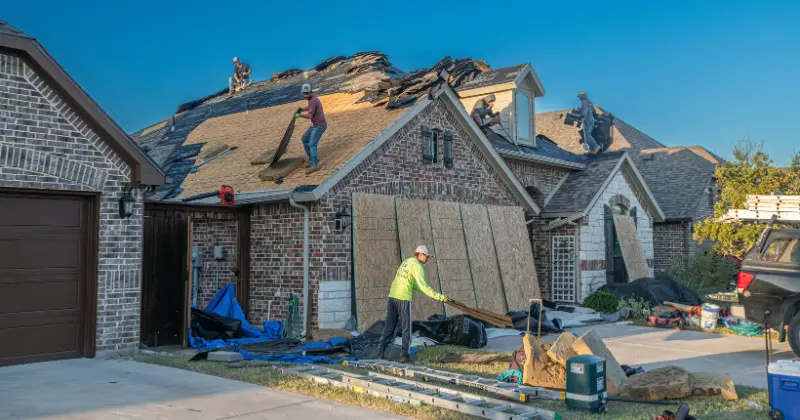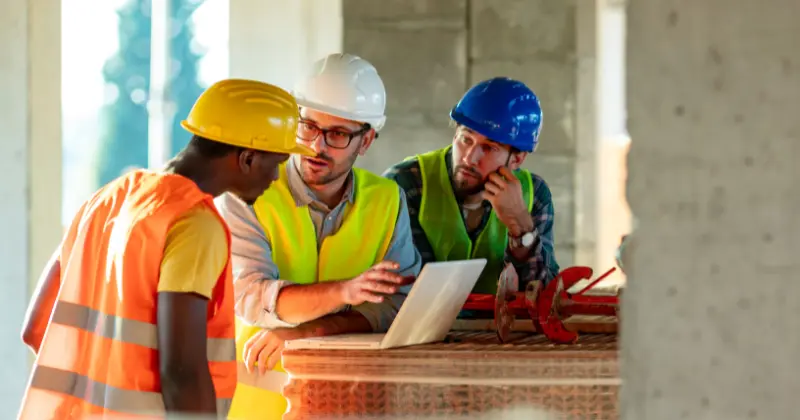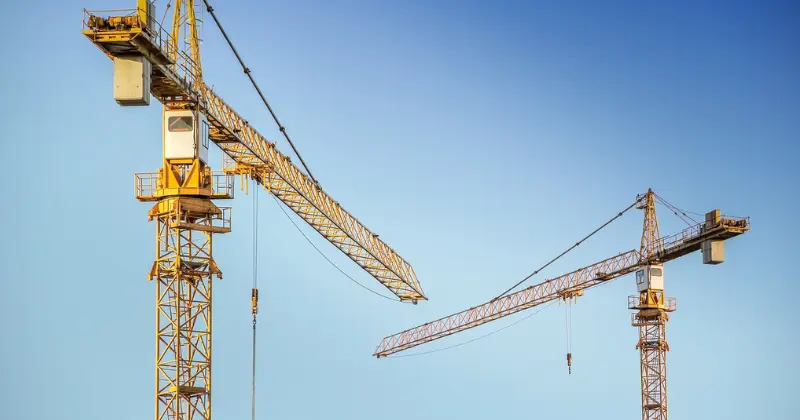11 mins read
The Basics of Construction Quality Control: Best Practices to Optimize and Improve Project Quality
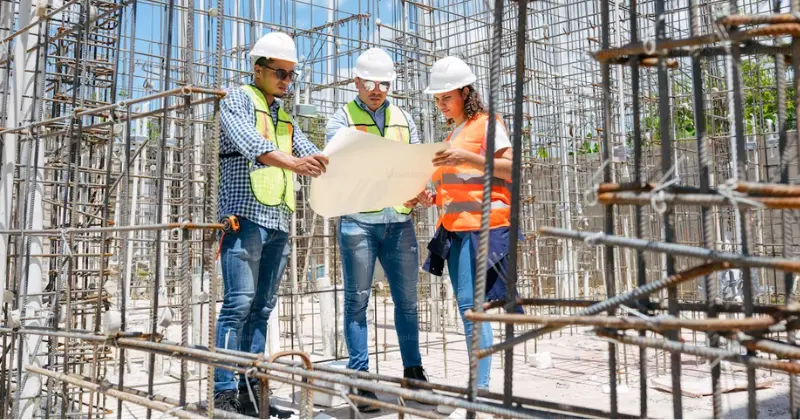
The pride and recognition that comes from a well-designed and well-built new structure are always worth the extra effort. Quality control in construction brings together important principles and practices to ensure a high level of workmanship, material, and system quality before, during, and after each project.
In this blog post, we define quality control as a key element of effective construction quality management. Continue reading to discover the key elements that comprise a comprehensive quality checklist, as well as valuable tips for establishing effective processes and fostering a positive quality culture.
What is Construction Quality Control?
Construction quality control refers to the activities that ensure all materials, methods, and finished products meet their specified requirements, as well as the customer’s expectations. Quality control practices also ensure safety and external compliance standards are met.
Quality control (QC) is essential for industries ranging from manufacturing and design to food service and hospitality. For the construction industry, the key elements of a well-rounded quality control system include:
- Regular jobsite inspections to identify problems and risk factors
- Material testing and incoming inspection processes to ensure all items received meet their specifications
- System testing for building elements like plumbing, HVAC, and electrical
These basic elements are complemented by checklists, inspection plans, non-conformance reports, and other tools and systems used to generate metrics and reports based on construction QC data. This feedback loop supports corrective actions that prevent the same (or similar) quality issues from occurring in the future.
Construction Quality Control Roles
Everyone involved with a construction project plays a part in quality control by reporting problems and discrepancies and ensuring the client’s expectations are met. Within the overall framework, each stakeholder helps to develop useful quality control tools and practices.
- Project owners establish high standards for workmanship, materials, and aesthetics.
- Designers and construction architects define quality standards and installation methods in their drawings and specifications.
- General contractors monitor the quality of work performed by subcontractors and ensure all intended deviations and changes are captured and approved.
- Construction project managers and superintendents manage quality control processes and verify that they are implemented correctly.
- Quality control personnel perform individual inspections and tests, report results, and disposition of materials.
What is the Importance of Construction Quality Control?
The most obvious motivation for robust quality control in construction is the ability to produce a finished product that pleases the client and potentially leads to repeat business. By preventing defects, rework, and delays, quality control practices also help to save time and money while protecting the structural integrity and safety of the building.
Quality control also ensures that building codes and other important legal requirements are being met, while producing a finished product free of hidden problems that might lead to maintenance or safety concerns once the building or structure is operational.
Construction Quality Control Checklist
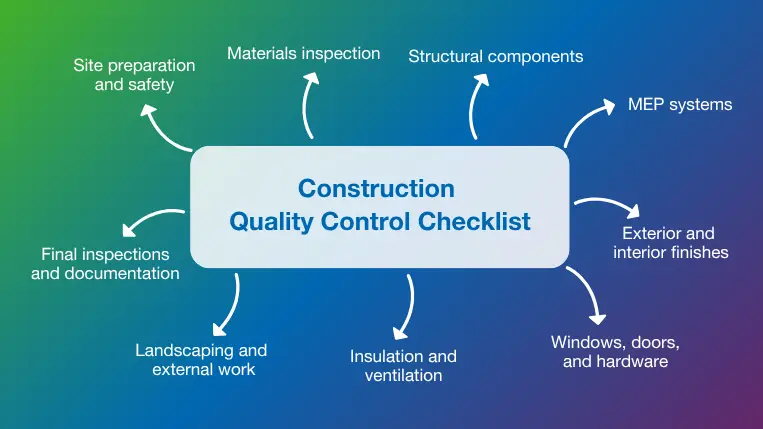
Creating a high-level construction quality control checklist is a beneficial activity for project teams as they map out their QC strategy. The unique focus areas and requirements of each project make each new checklist unique, but a few key elements should always be considered:
1. Site preparation and safety
This category includes site-specific considerations like grading, signage, and equipment storage that make a site safe and functional before and during construction. Site access issues like walkways, fencing, and traffic should also be captured on the checklist.
2. Materials inspection
Each type of material will have its own sampling, inspection, and test requirements, so the purpose of the checklist is to ensure overall processes like material handling and certificate management are in place. The checklist might include the approval of individual construction specifications.
3. Structural components
Foundations and structural components like beams, framing, and footings have well-defined requirements that should be transposed into individual QC plans or checklists. Inspection planning for structural elements should focus on drawing details and industry standards.
4. MEP systems
Mechanical, electrical, and plumbing (MEP) systems bring their own special quality considerations, with material and in-process inspection complemented by pressure and leakage testing, circuit tests, and other system-wide quality checks that verify safety and ongoing performance.
5. Exterior and interior finishes
Wall and ceiling finishes, painting, tile, and millwork elements are often included in the final walkthrough to ensure they are not damaged by equipment or workers prior to signoff, but they should also be included on the initial construction quality control checklist to keep the requirements visible throughout the project lifespan.
6. Windows, doors, and hardware
Non-structural elements must also be inspected carefully to ensure doors and windows are operational, frames are properly aligned without gaps, and glazing is installed correctly. These inspections might also include lock checks to prevent inconvenient lockouts after completion.
7. Insulation and ventilation
Elements of the building that impact energy efficiency and occupant safety, such as ventilation systems and insulation, have stringent codes and installation standards that must be adhered to. Personal protective equipment (PPE) is an important consideration for inspectors verifying these building elements.
8. Landscaping and external work
Lawns, sprinklers, walkways, and drainage systems are not just decorative elements to be reviewed after the primary structure is completed. These components should undergo regular inspections to ensure they comply with relevant codes, regulations, and best practices throughout the construction process.
9. Final inspections and documentation
The final inspection process includes the completion of a construction punch list to capture any minor repairs, touch-up painting, cleaning, or equipment removal tasks needed to finish the project and sign off on final project documentation.
Tips for an Effective Construction Quality Control Plan
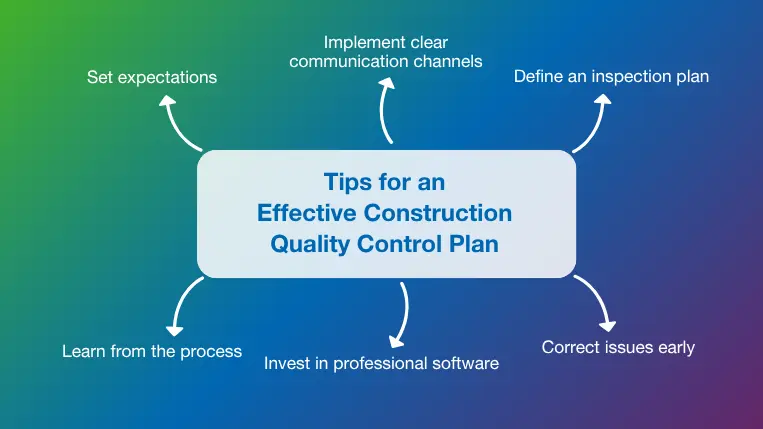
The construction quality control plan complements the checklist by defining quality requirements, along with the specific tools, systems, and software used to track and mitigate quality issues and ensure compliance. A few basic practices make it easier to document and execute the plan effectively.
1. Set expectations
The overall project goals and objectives communicated by the client set the stage for quality expectations that filter down into clear acceptance criteria and performance metrics. For example, an expectation for zero cosmetic defects on exterior surfaces might call for 100% physical inspection of siding, bricks, and other building materials. Clearly defined expectations support first time quality (FTQ) while minimizing delays and rework.
2. Implement clear communication channels
Communication is essential for construction quality control practices, since all stakeholders must be aligned to prevent quality problems and recognize them once they occur. Strong communication channels help to make these issues visible quickly and provide a feedback loop to support learning and continuous improvement. Construction software tools make it easier to collaborate on quality issues while drawing from an integrated source of project information.
3. Define an inspection plan
Clear expectations and communication channels feed into inspection plans with the right sampling, frequency, and coverage to safeguard quality while using available time and resources effectively. The inspection plan should also include the parties responsible for each inspection or test process, the expected completion dates, and the inspection approvals needed to move forward.
4. Correct issues early
Quality control in construction overlaps with quality assurance (QA) when systems are in place to detect issues early and prevent problems before they occur. Risk management strategies improve QC results by carefully reviewing factors like weather, design issues, material shortages, and work stoppages that can impact project quality, budget adherence, and scheduling. These risk factors are analyzed and prioritized so that additional monitoring, inspection, or testing can be implemented as needed to minimize the impact of project unknowns. Check our blog on construction quality assurance vs quality control to learn more!
5. Invest in professional software
Cloud-based software is the key to bringing all elements of the construction quality control plan together successfully. Integrated solutions like RIB Connex allow you to digitize essential QC functions and enhance collaboration using the mobile-friendly platform. Inspections, NCRs, and task assignments are united in a single workflow to enhance defect management. Checklists, forms, and plans are also digitized to establish an effective QC library.
6. Learn from the process
The concept of continuous improvement from lean construction was the key that unlocked unprecedented levels of quality in the 20th century. Strong quality plans turn expectations into reality by establishing appropriate QC practices, but the information gained from failed inspections and tests can be even more valuable. Professional software like RIB Connex creates an opportunity to learn from the quality process so that problems and errors turn into answers and solutions.
Conclusion
Quality control in construction is an important element of every successful project. Digital design and communication tools are taking the place of manual processes to ensure the seeds of quality are planted early and maintained throughout the project lifespan. RIB Connex supports this transition with collaboration capabilities that allow teams to coordinate their designs, perform visual inspections, and manage collisions in the digital realm.
RIB Connex is leading the industry to the next plateau of construction quality, with intuitive features that simplify comprehensive QC strategies. To experience how Connex can transform your digital quality management process, get your free demo today!
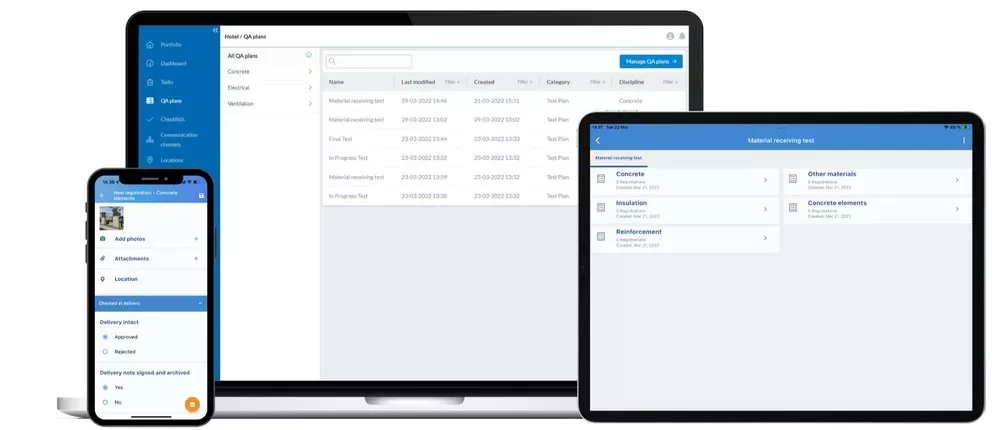
Most Recent
11 mins read
11 mins read
10 mins read
10 mins read
Blog Categories

Ebook





